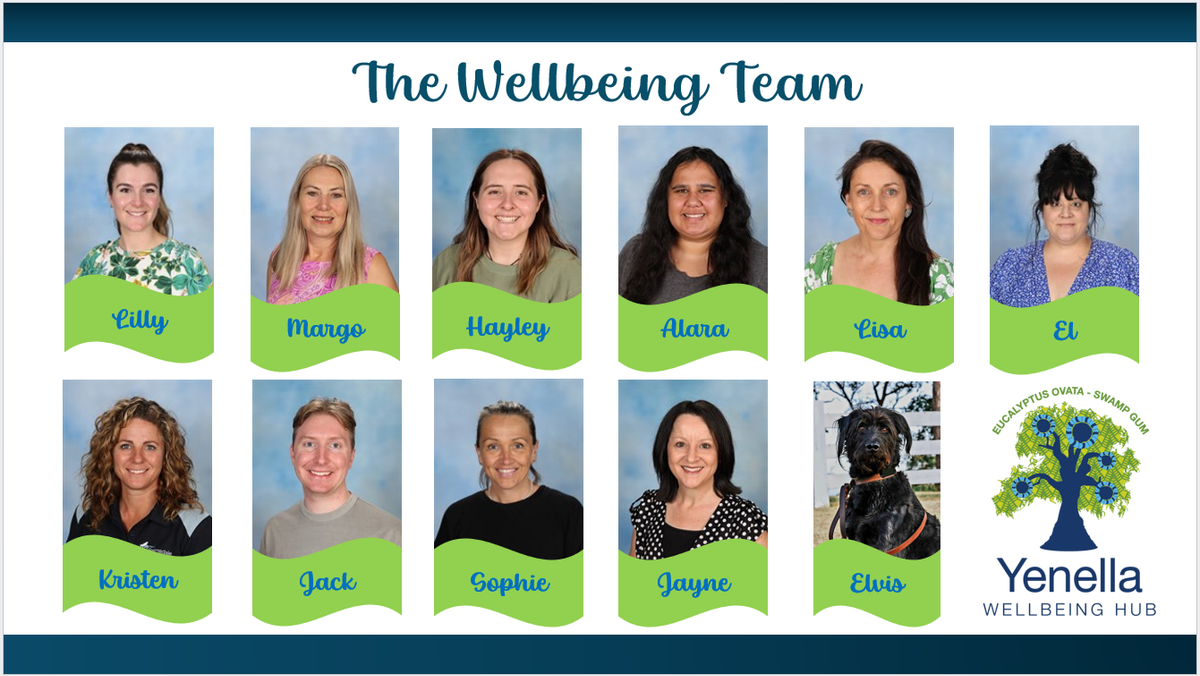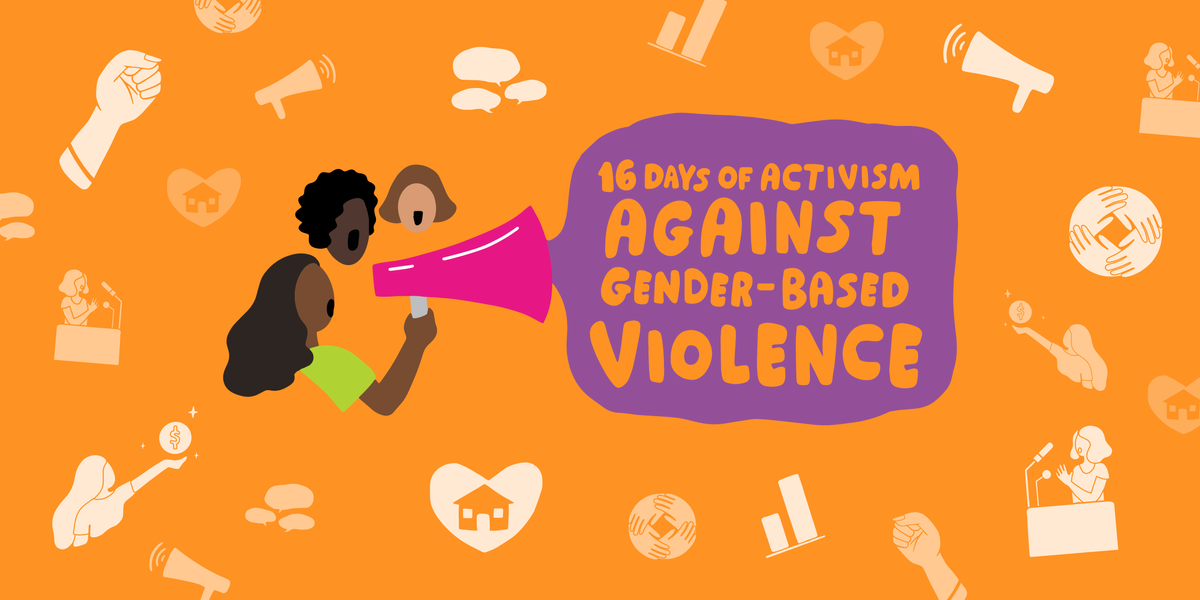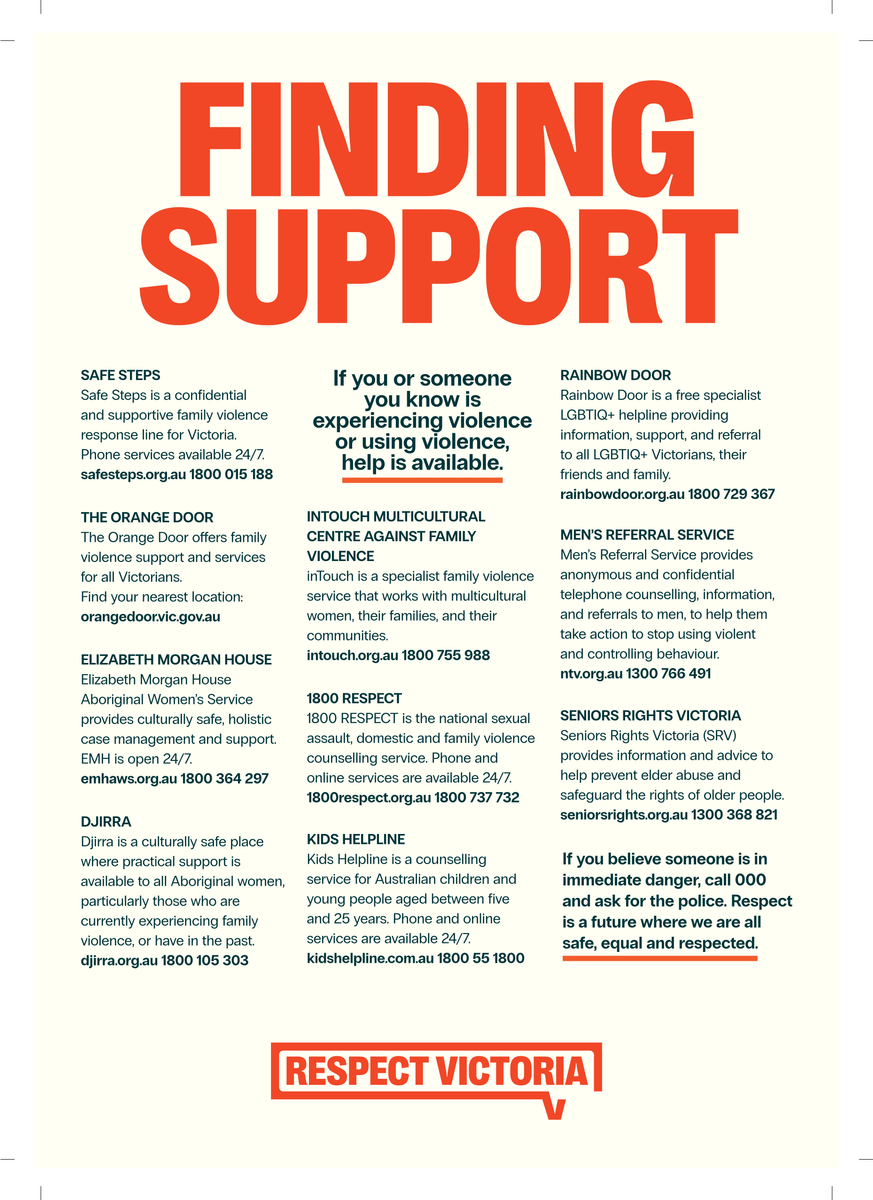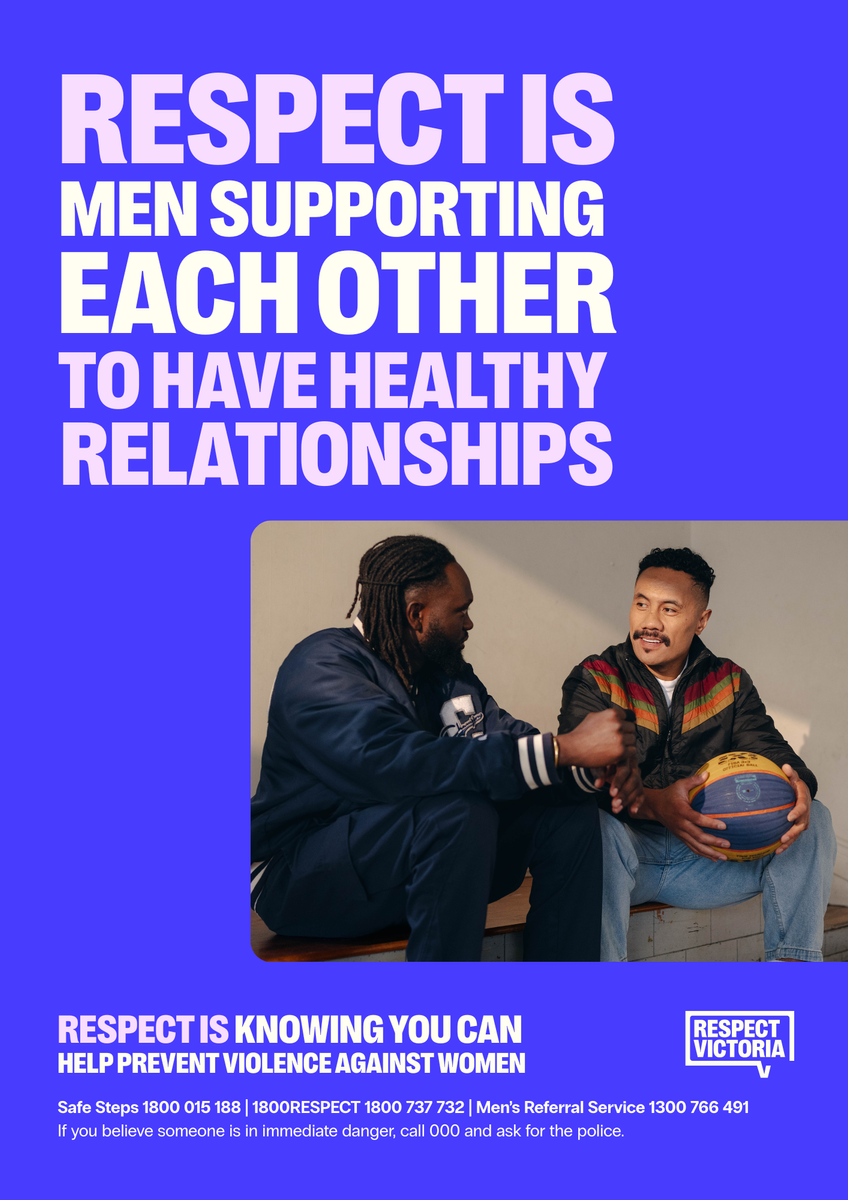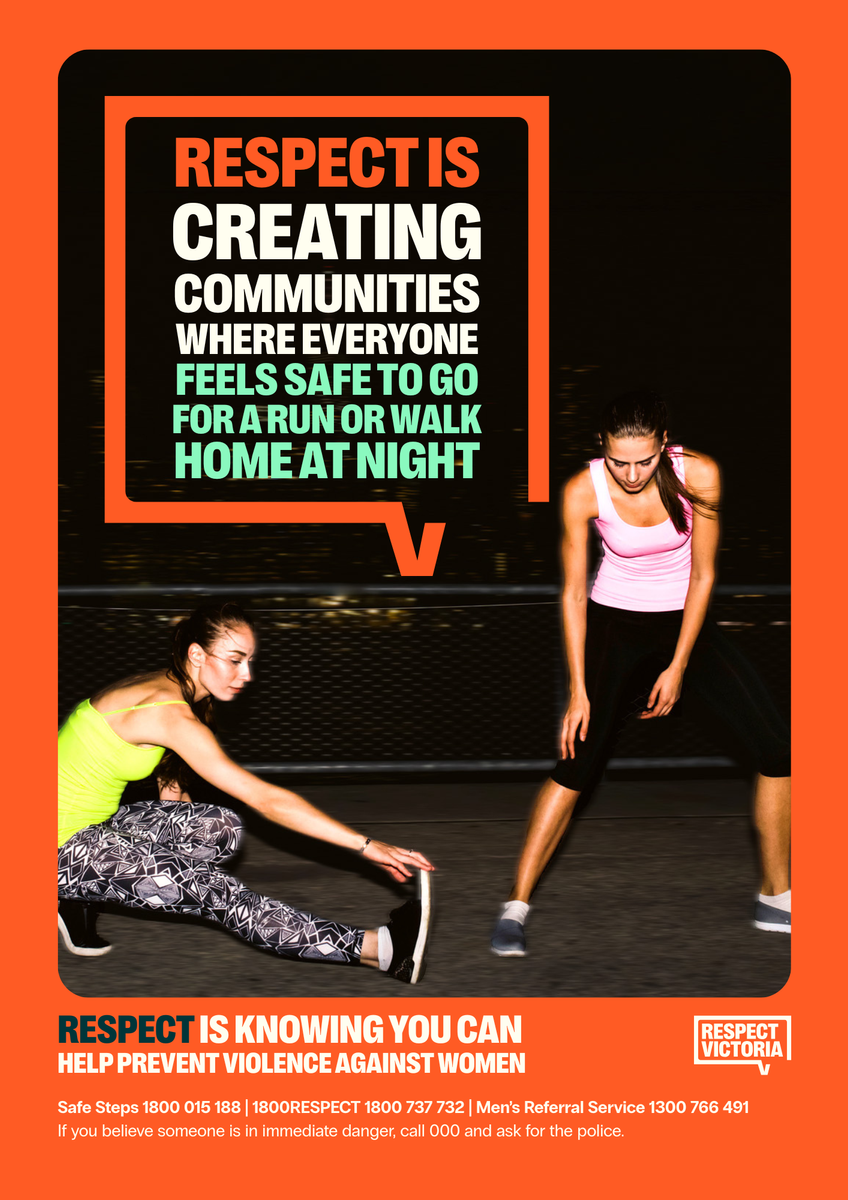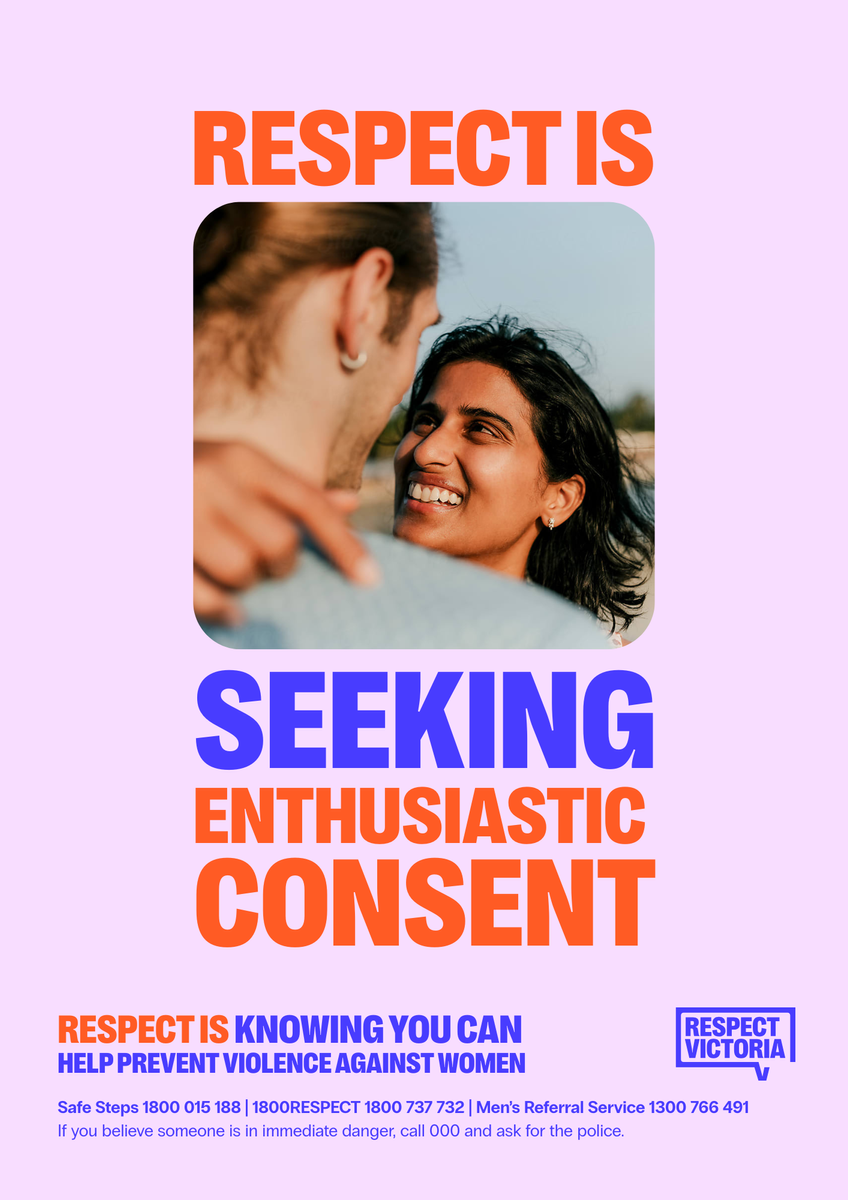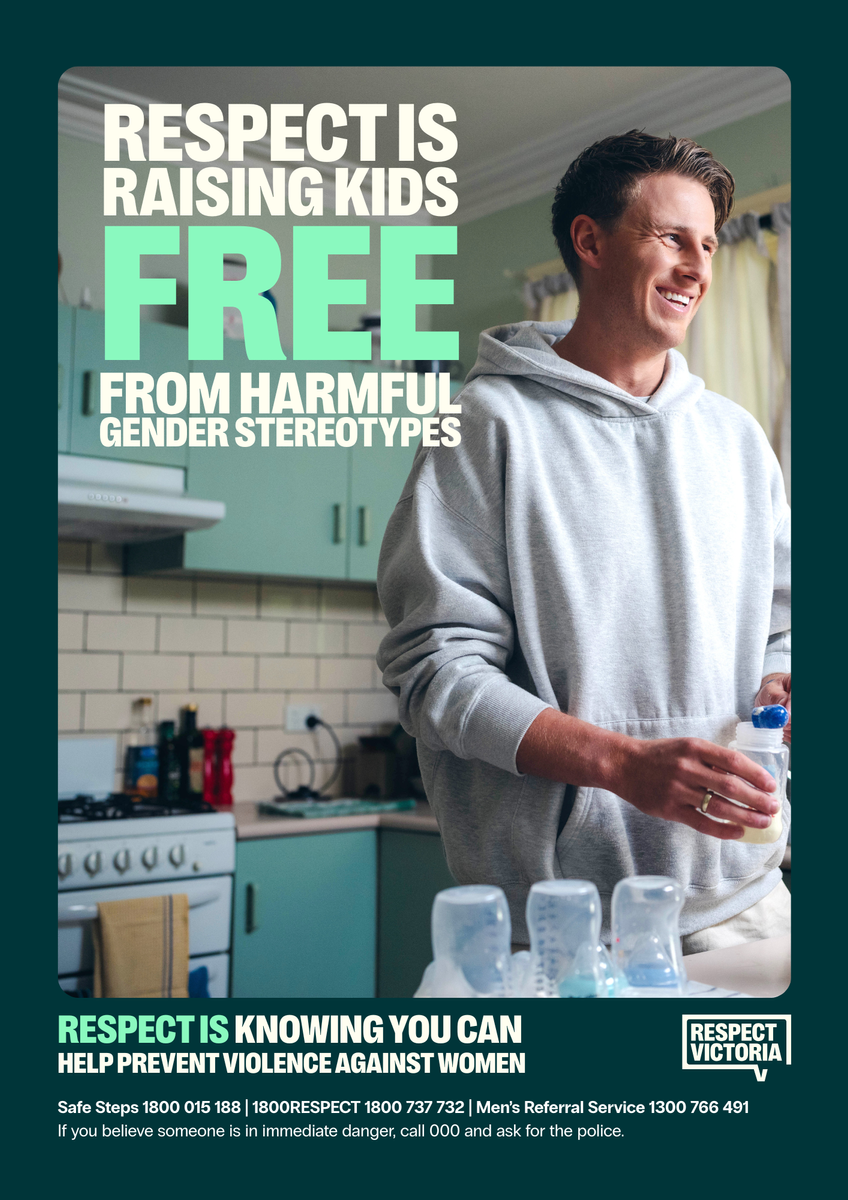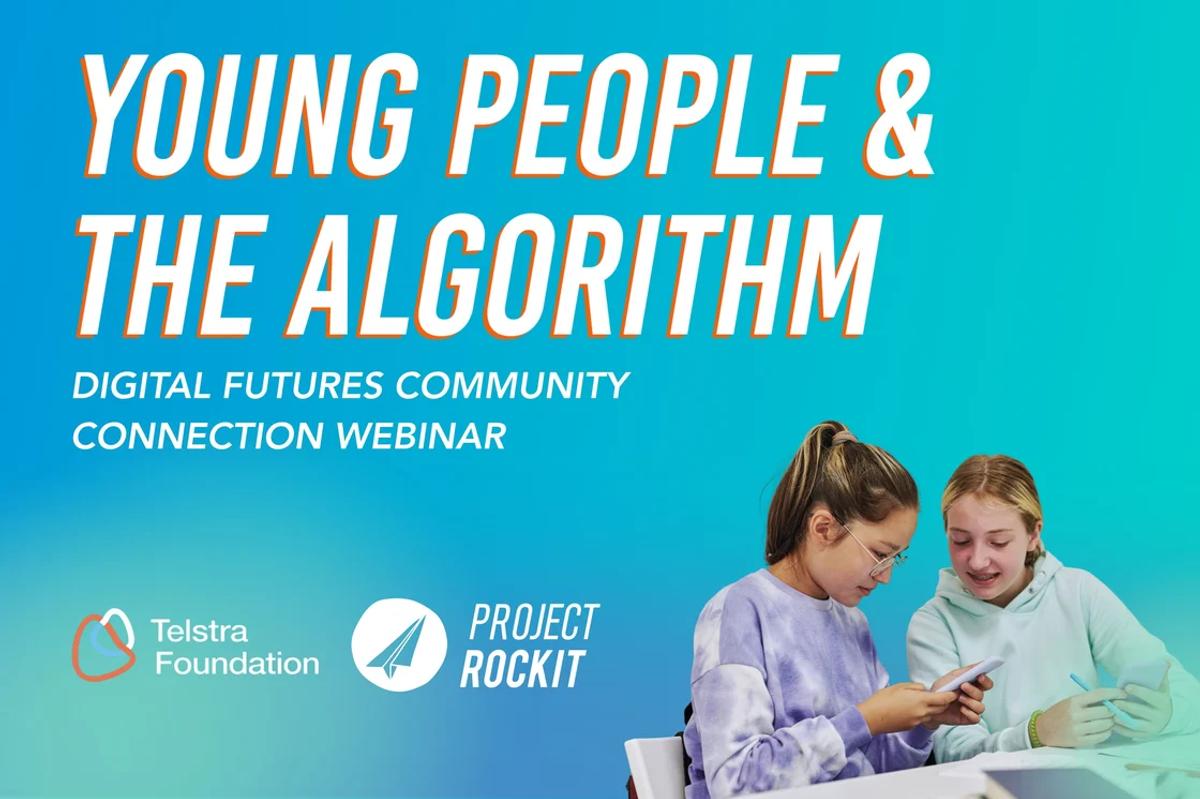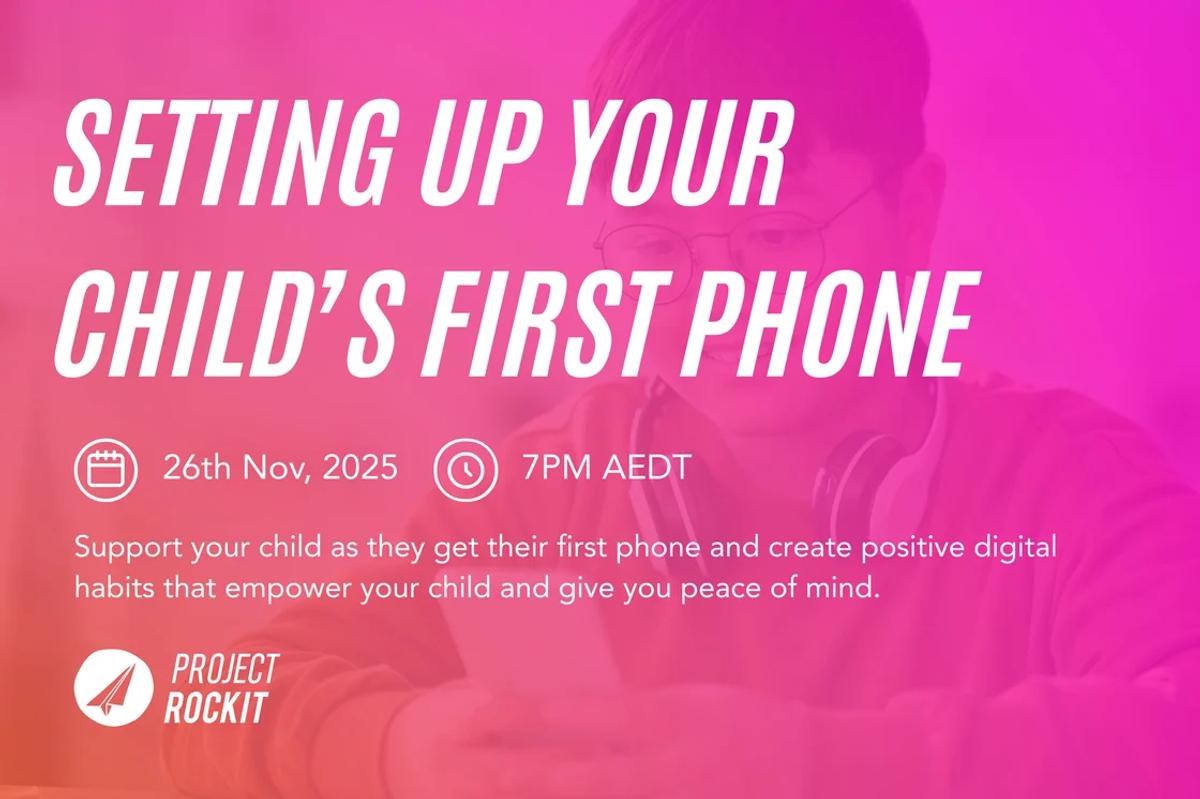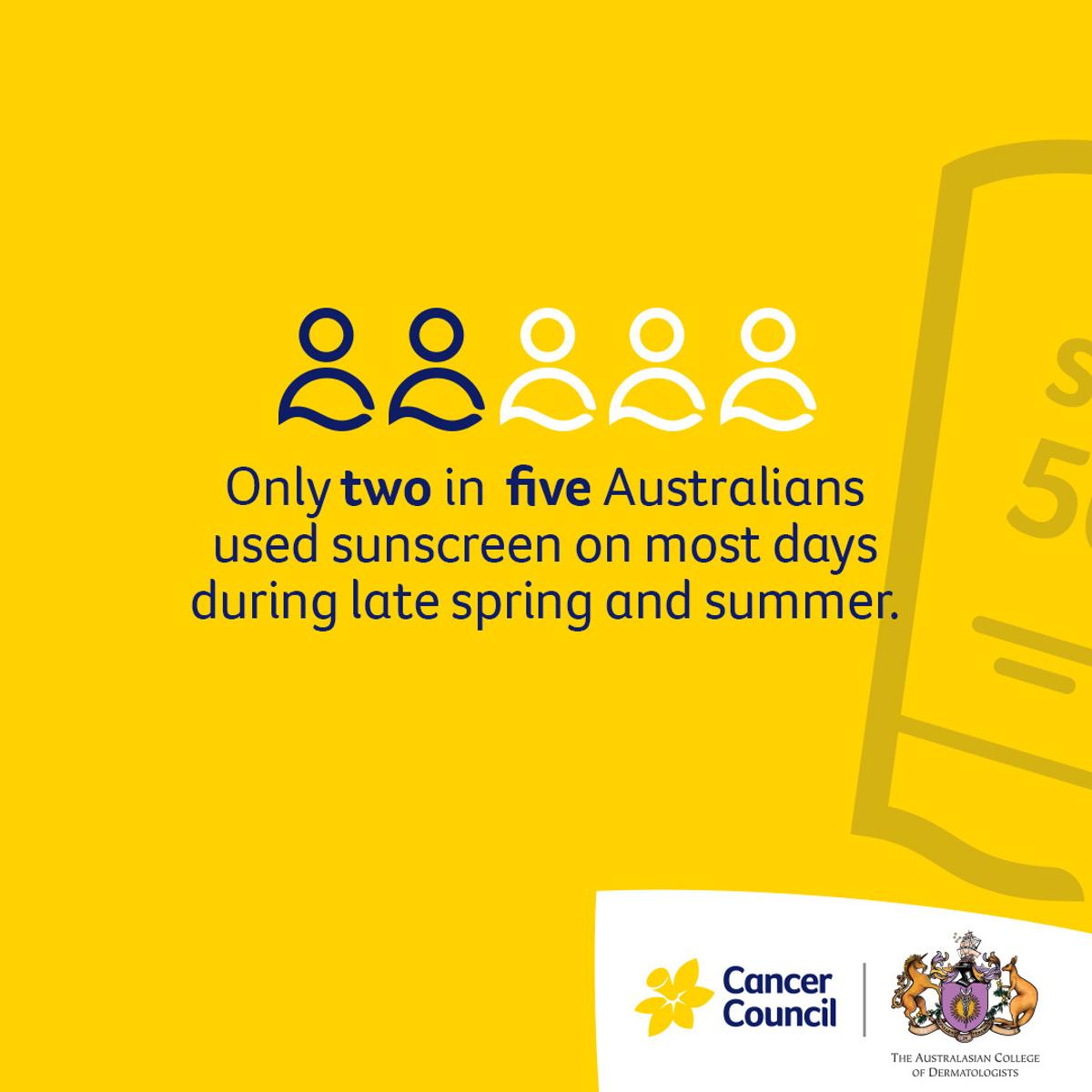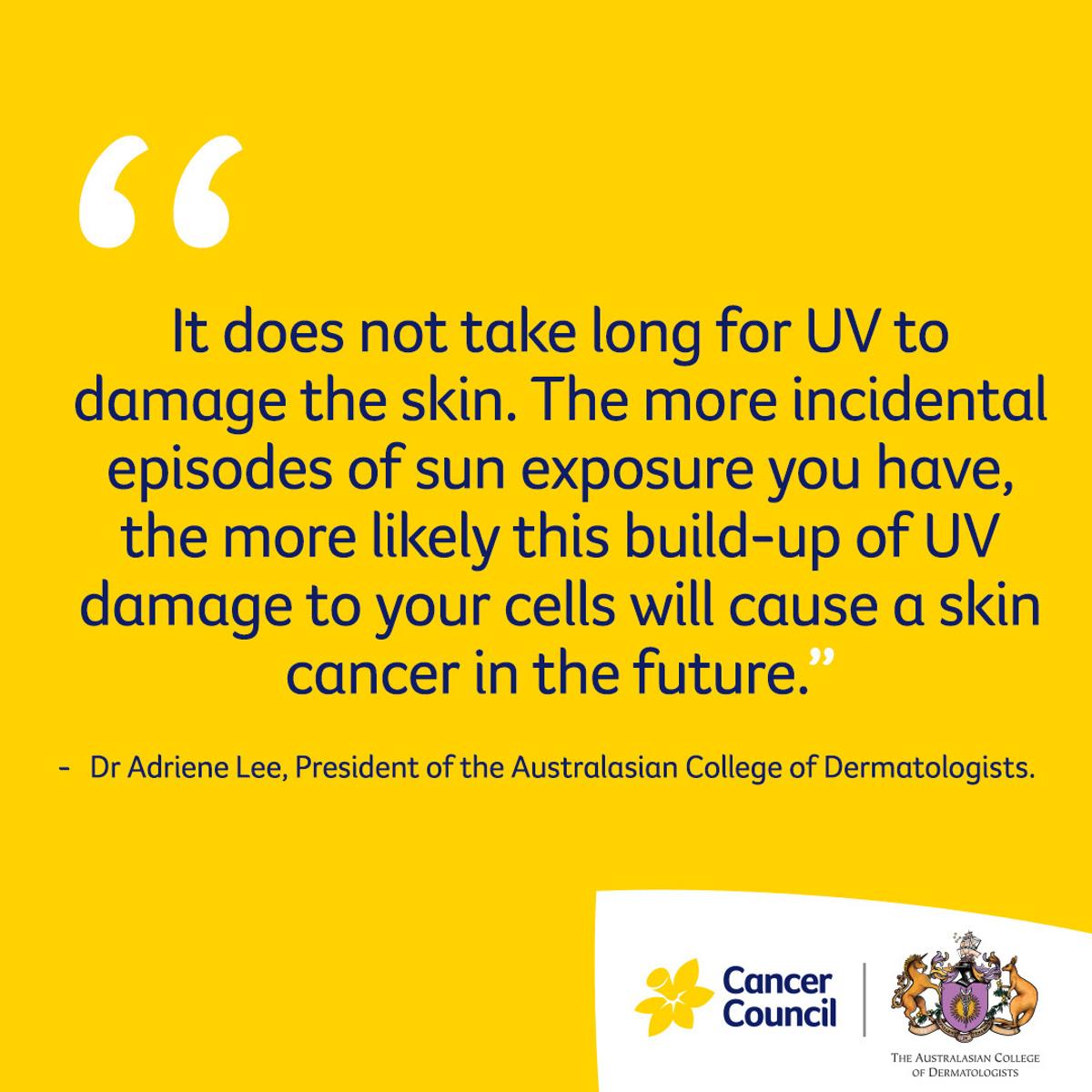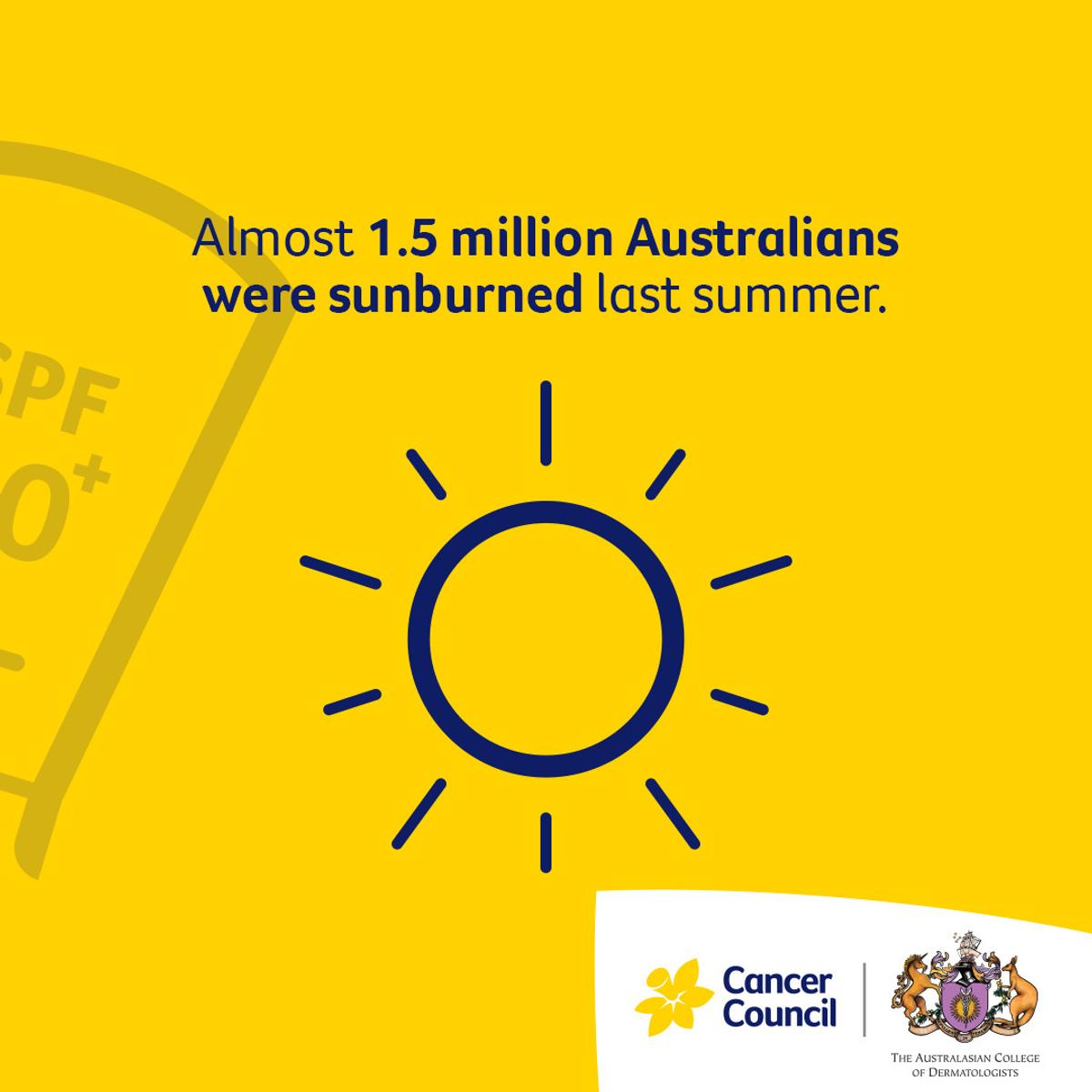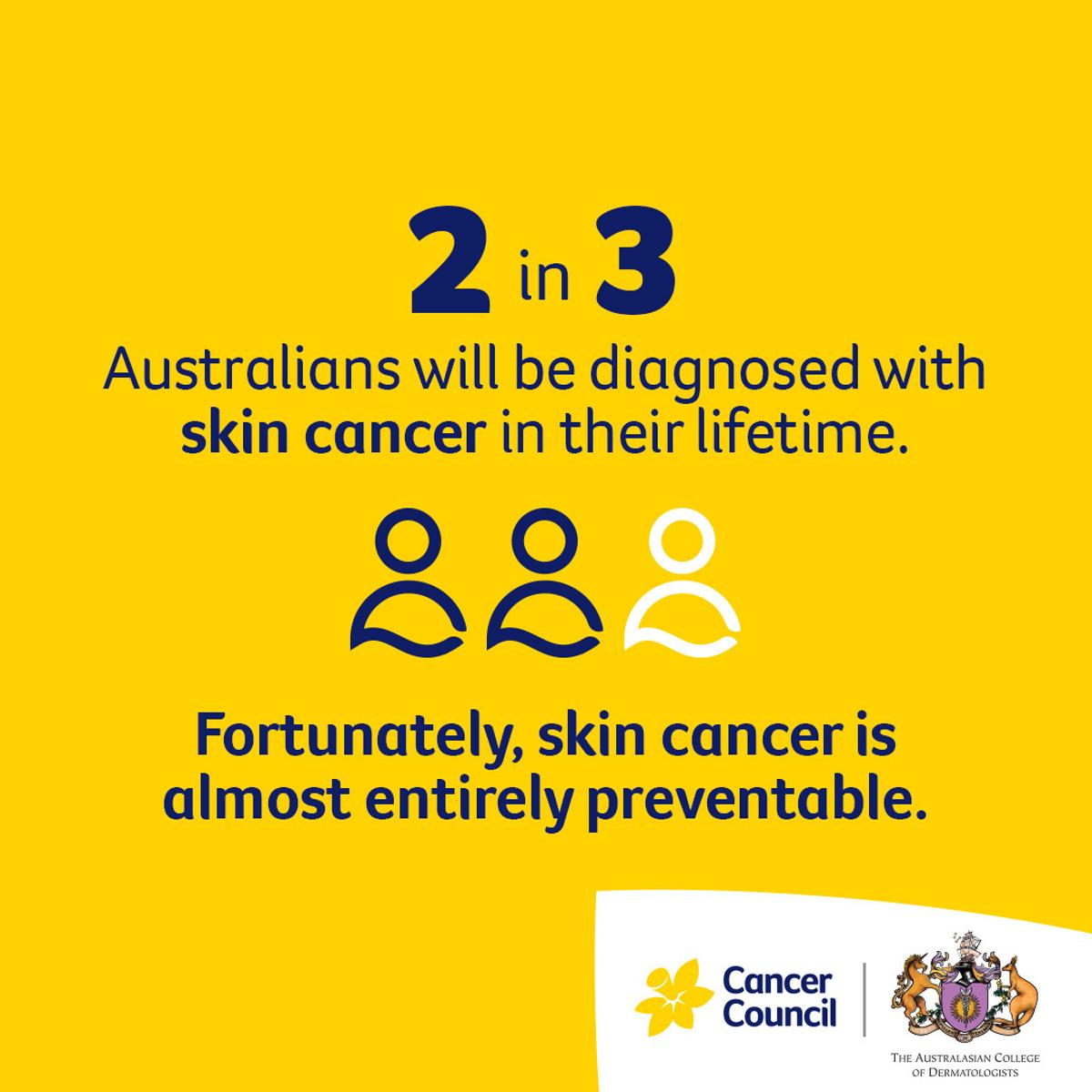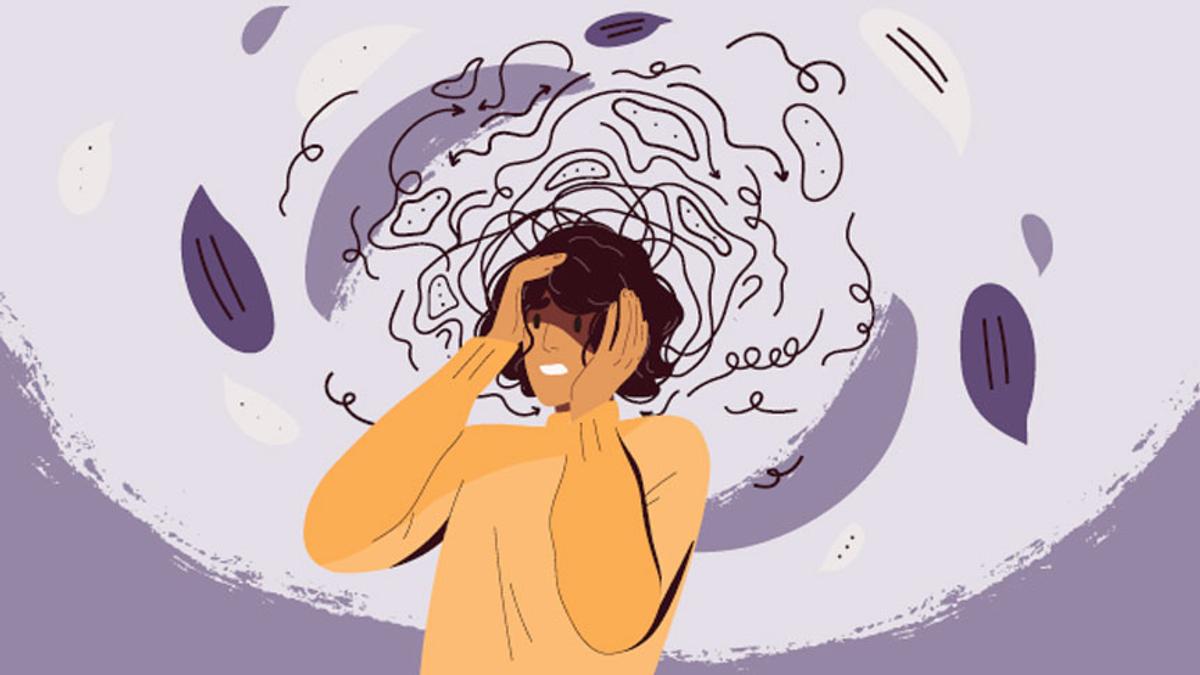Wellbeing
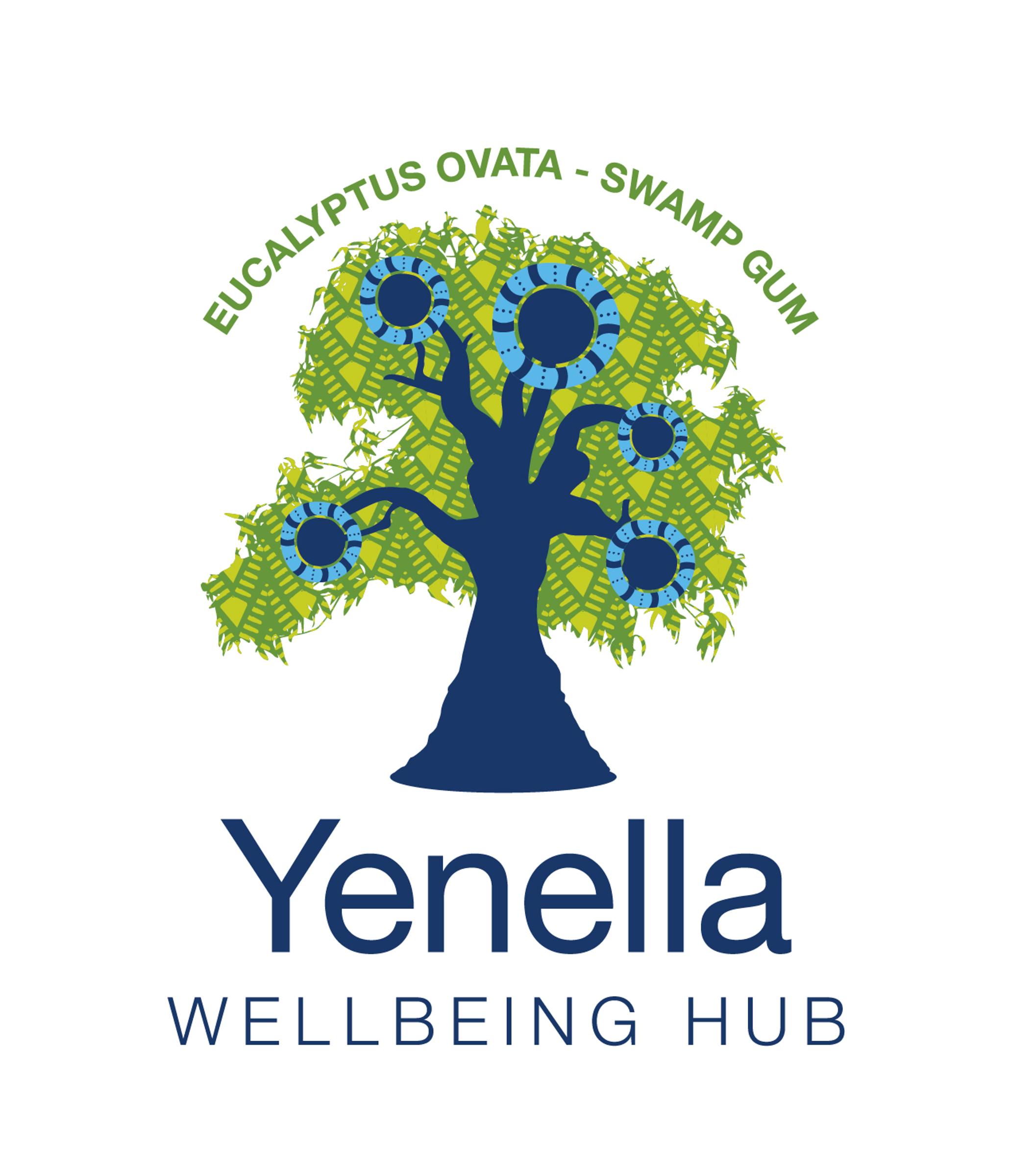
Running from 25th November (International Day for the Elimination of Violence Against Women) to 10th December (International Human Rights Day, the 16 Days of Activism Against Gender-Based Violence is a widely recognised global campaign that encourages action to end gender-based violence. Primary prevention of violence is about changing the underlying social conditions that produce and drive this violence, that excuse, justify or even promote it – that is, challenging the gendered drivers of men’s violence.
BSC have events planned to acknowledge the event … stay tuned for more details.
RECOGNISING VIOLENCE
Recognising violence | Respect Victoria
WHAT DRIVES VIOLENCE
What drives violence? | Respect Victoria
HOW DO WE PREVENT VIOLENCE
How do we prevent violence? | Respect Victoria
PRIDE, RESPECT, EQUALITY
Pride, Respect, Equality | Respect Victoria
RESPECTING OLDER PEOPLE
Respect Older People: Call it Out | Respect Victoria
SEXISM AND SPORT
Sexism and Sport: Call It Out | Respect Victoria
ENCOURAGING HEALTHY MASCULINITY IN YOUR COMMUNITY
Encouraging healthy masculinity in your communities | Respect Victoria
RESPONDING TO DISCLOSURES
Responding to disclosures | Respect Victoria
-------------------------------------------------------------------------------------------------------------------------------------
FREE WEBINARS FOR PARENTS WITH PROJECT-ROCKIT
Young People & The Algorithm Date & Time: 🗓️ Tue 18 Nov | 🕒 7pm AEDT | Free to attend Learn about how technology shapes what your children see and are exposed to. |
SETTING UP YOUR CHILD’S FIRST PHONE Date & Time: 🗓️ Wed, 26th Nov | 🕒 7pm AEDT | Free to attend A child’s first phone has become one of the key milestones in modern life. No matter when it happens or what kind of phone it is, there are plenty of ways to set things up so both you and your child feel supported. Setting clear expectations together can help your child navigate their new digital world confidently, while giving you peace of mind as they carry the entire internet in their pocket. |
------------------------------------------------------------------------------------------------------------------------------------
NATIONAL SKIN CANCER ACTION WEEK (November 16 - 22)
Australia has the highest rate of skin cancer in the world.
Cancer Council is joining forces with The Australasian College of Dermatologists
this National Skin Cancer Action Week to encourage all Australians to make sun protection a daily habit to protect their skin from UV exposure and reduce the risk
of developing skin cancer.
Don’t let the sun catch you off guard
Fortunately, skin cancer is almost entirely preventable. An easy way to ensure you’re protecting your skin from UV exposure is by making sun protection a daily habit. To learn more, read our recent article on the hidden dangers of incidental sun exposure with insights from Dr Adriene Lee, President of The Australasian College of Dermatologists.
Protect your skin from getting caught off guard by UV exposure. No matter your age, you can reduce your risk of developing skin cancer by using all five forms of sun protection when the UV level is 3 or above:
- Slip on sun protective clothing that covers as much skin as possible.
- Slop on SPF50 or SPF50+, broad-spectrum, and water-resistant sunscreen. Apply it 20 minutes before going outdoors and re-apply every two hours afterwards.
- Slap on a hat—broad brim or legionnaire style to protect your face, head, neck and ears.
- Seek shade.
Slide on sunglasses—make sure they meet Australian Standards.
It’s important to get to know your skin and what looks normal for you. If you notice any changes in the size, shape or colour of an existing spot, or the development of a new spot, you should get it checked by a GP or your dermatologist as soon as possible.
UV INDEX
Ultraviolet (UV) radiation is the invisible killer that you can't see or feel and can be high even on cool and overcast days. Exposure to UV radiation from the sun and other sources, such as solariums, is the major cause of skin cancer. Australia has some of the highest levels of UV radiation in the world – in fact, just 15 minutes of unprotected exposure (when the UV levels are 3 or above) is enough to start to cause damage to your skin.The UV Index is a tool you can use to protect yourself from UV radiation. It tells you the times during the day that you need to be SunSmart. The UV Index divides UV radiation levels into:
- low (1-2)
- moderate (3-5)
- high (6-7)
- very high (8-10)
- extreme (11 and above)
The Australian Radiation Protection And Nuclear Safety Agency (ARPANSA) measures the UV index in a location at each of Australia’s capital cities and makes this real-time data available on a daily basis. You can find this on the ARPANSA website.
SunSmart App
For smartphone users, our free SunSmart app is a great way to check the UV Index when you are out and about. iPhone users can download it at the iTunes App Store and Android users at the Google Play store.
For more information visit: National Skin Cancer Action Week | Combatting Australia’s ‘national cancer’ | Cancer Council
-------------------------------------------------------------------------------------------------------------------------------------
THREE SIMPLE SKILLS TO TAME YOUR ANXIETY
Anxiety and stress are linked to the fight-or-flight response – our body’s natural response to threats in our environment. The fight-or-flight response is associated with numerous changes in our body, such as an increased heart rate, rapid breathing, sweaty palms, and the feeling of butterflies in our stomachs. These bodily changes serve to increase our energy reserves so that we can fight or run away from threats to our survival.
However, sometimes our fight-or-flight response may be triggered excessively or unnecessarily (i.e., in situations where there is no actual threat present). It can feel like an alarm signalling ‘danger’, even when we are not under threat. This is often the case among people experiencing difficulties with anxiety or stress.
Managing in the Moment
When the physical symptoms of anxiety are particularly strong, we need to find a way to bring our body back to baseline before we can target their underlying causes. Fortunately, there are numerous coping skills that can be used to reduce the physical symptoms of anxiety and stress, which can, in turn, put us in a better position to address the thoughts and behaviours that drive these feelings.
You can learn to bring your body back to baseline with these three quick and simple skills. Take a moment to watch the videos for step-by-step instructions on how to practice these techniques.

